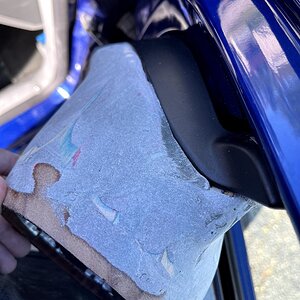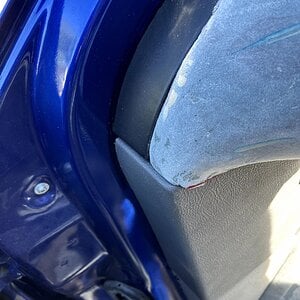Driv3
Member
Talked to my physics teacher about using this so called oscilloscope that I continuously see mentioned on here, due to the fact that our class is embarking on Periodic Motion. This has little to do in common with car audio besides the shared unit of Hz. To my joy, he said i can make a project of setting my gain using his o-scope!//content.invisioncic.com/y282845/emoticons/inlove.gif.6846f78f06b405429ef3a00129788a2a.gif Now, my system is all in boxes right now and will be assembled by the weekend.
Can an expert or moderately intelligent person tell me what i need to do? Does my system have to be fully installed (subs/amp) in my car for the scope to work? can I just bring the amp in class or would i have to bring the o-scope out to my car? also can you give me a sort of step by step or a good quality link i can use about setting gain with the oscope?
This is much appreciated from my system sound quality to my grade, thanks a lot gang!
Can an expert or moderately intelligent person tell me what i need to do? Does my system have to be fully installed (subs/amp) in my car for the scope to work? can I just bring the amp in class or would i have to bring the o-scope out to my car? also can you give me a sort of step by step or a good quality link i can use about setting gain with the oscope?
This is much appreciated from my system sound quality to my grade, thanks a lot gang!


